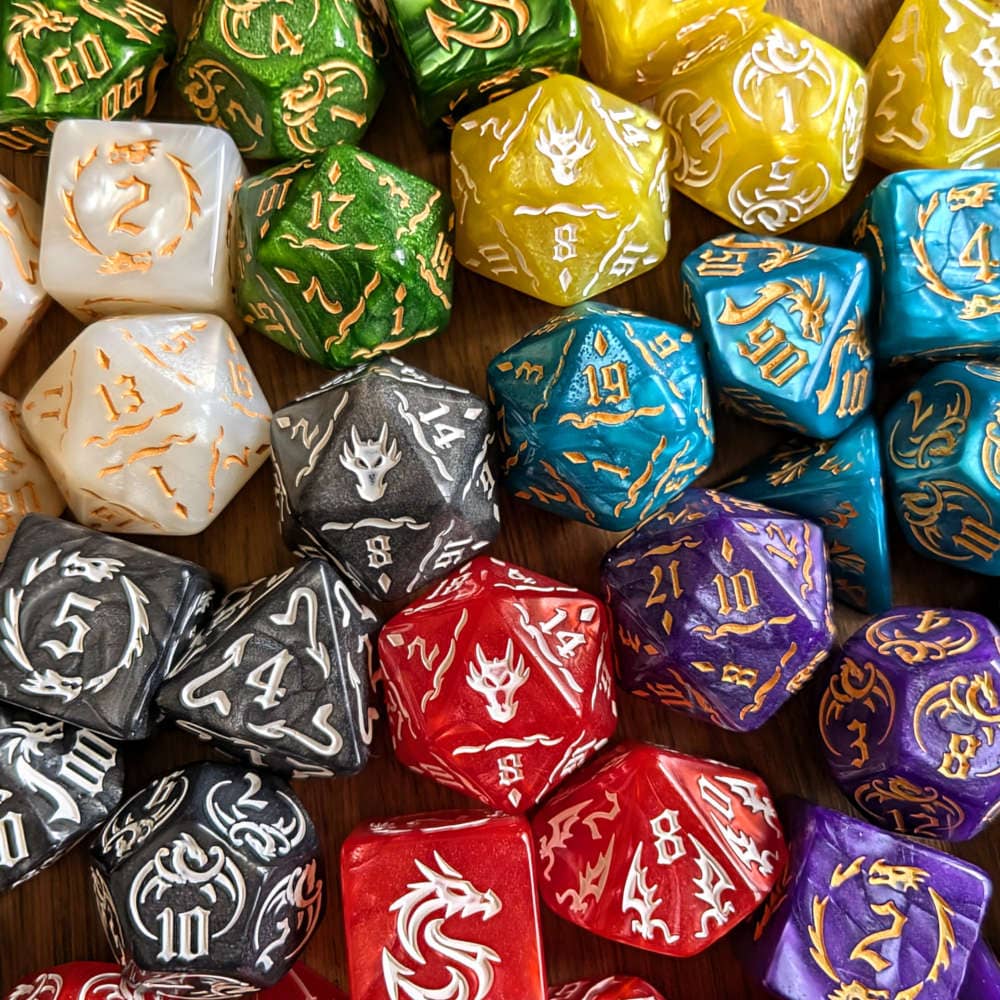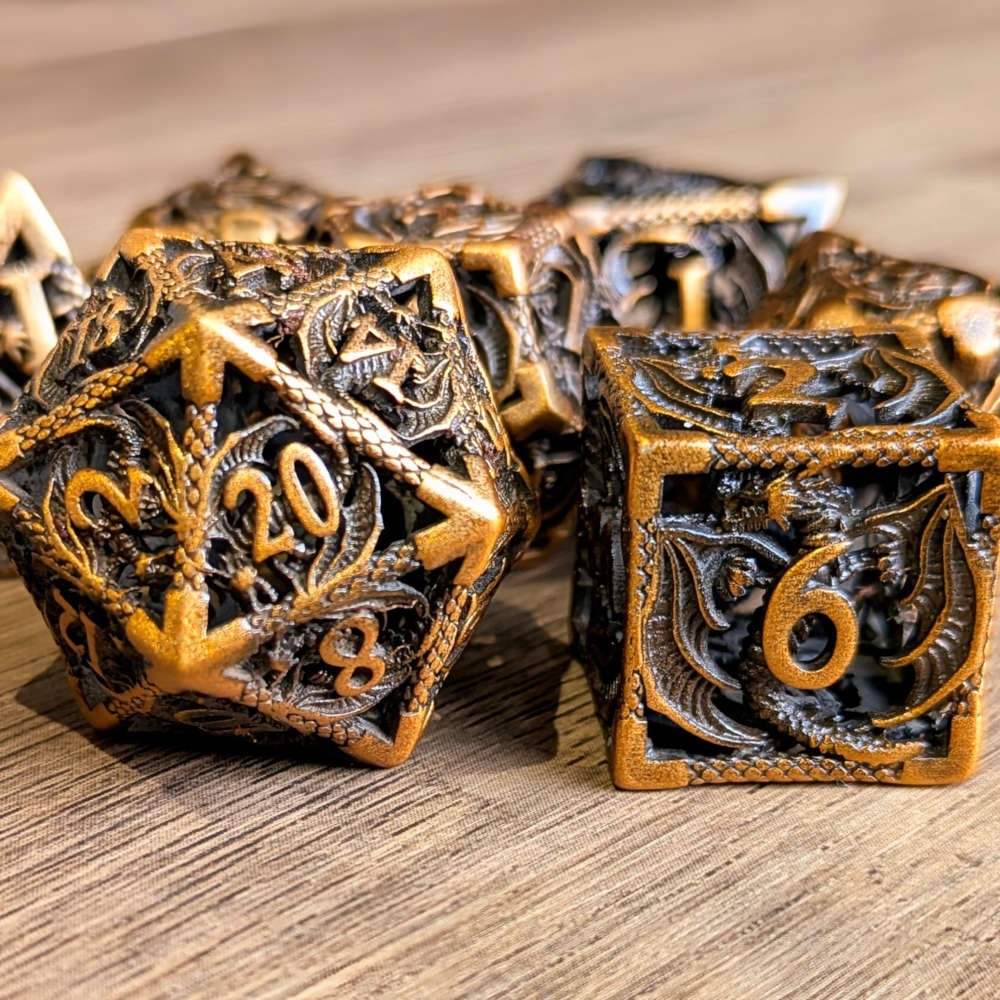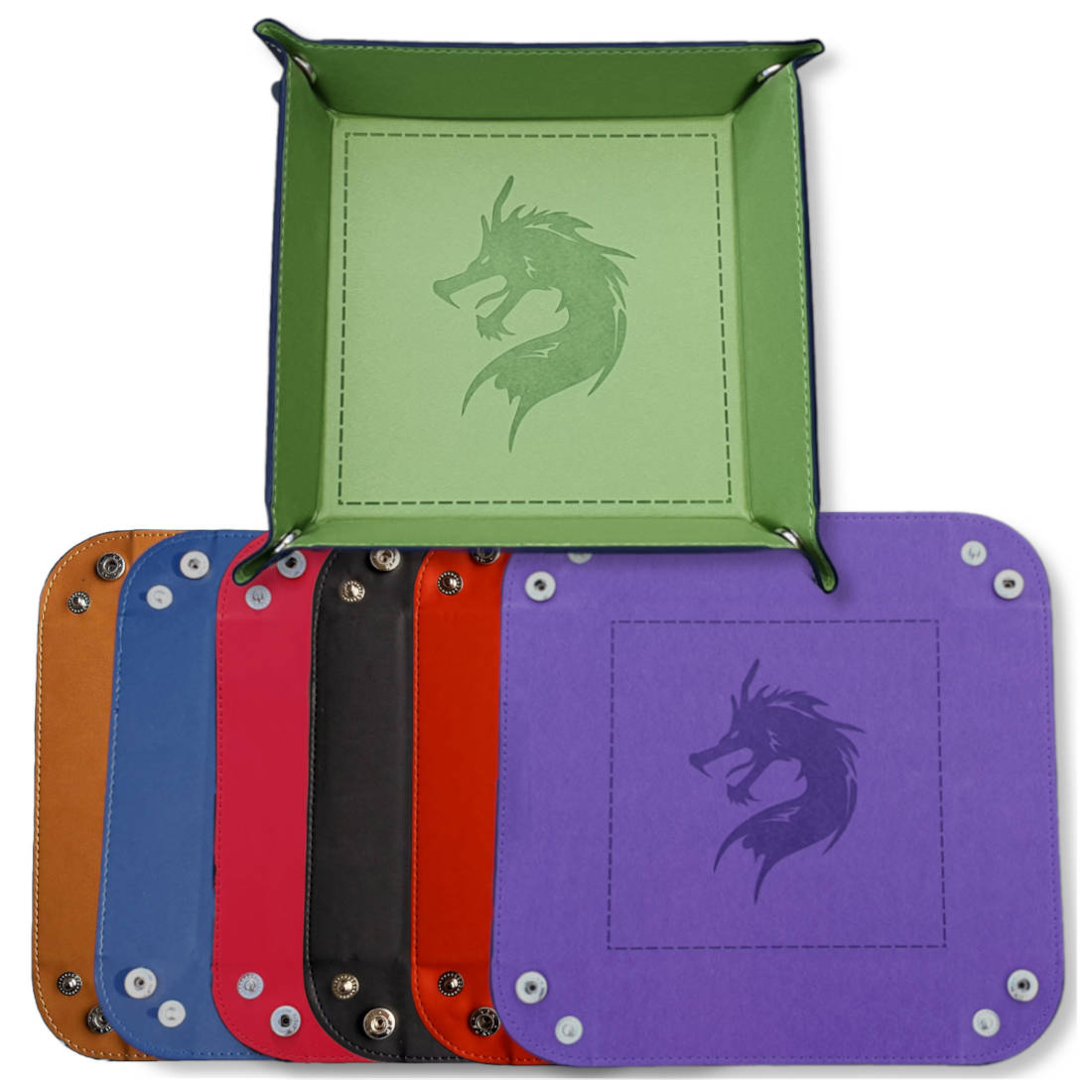A comprehensive session 0 guide

The journey into a thrilling tabletop role-playing game like Dungeons & Dragons often begins with a ‘session zero’. This pre-campaign gathering is an essential moment, serving as a crucial foundation for the adventures that lie ahead.
In this article, we'll delve into the concept of session 0, exploring what it is, why it matters, and how to run one effectively. Whether you're a seasoned Dungeon Master or a brand-new player, understanding the importance of a session 0 can enhance your role-playing adventures and ensure everyone at the table is on the same page.
What is a session zero (session 0)?
A session zero is a pre-campaign meeting in tabletop role-playing games like Dungeons & Dragons. During this session, everyone gathers to discuss and establish various aspects of the upcoming campaign. It's a collaborative and planning-focused meeting where players create their characters, discuss the campaign's setting, tone, and themes, and set expectations for the game.
What’s the point of running a session zero?
The advantage of running a session zero is to establish a solid foundation for your upcoming campaign. It allows players and the Dungeon Master to come together to discuss and agree upon various aspects of the game. It's a crucial step in ensuring that everyone is on the same page and ready for an enjoyable and coherent gaming experience.
What’s the difference between session 0 and 1?
The difference between session 0 and session 1 in a tabletop role-playing game is their purpose and content.
Session 0 is all about preparation and setting the stage for the campaign. It's about building the foundation for the game. Session 1 is when the actual gameplay begins. It's the first official session where the players assume their characters and embark on the adventures of the campaign. So, while session 0 is about preparation and planning, session 1 marks the start of a campaign.
What should be included in a DND session zero?
A DND session zero is a crucial step in preparing for your campaign, and there are several key elements to include. Our checklist breaks a session zero down into four manageable parts:
- Campaign expectations: you should discuss the overarching expectations for the campaign. This includes deciding on the setting, theme, and tone of the adventure. The DM will explain their campaign, including whether it will be a light-hearted romp, a dark and gritty story, or something in between. You should also agree how the game will work, including any homebrew or house rules.
- Table expectations: discuss how the game will be played. This includes addressing preferences for roleplay versus combat, how the group will handle player absences, and any pet peeves that players might have. It's also a good time to talk about the rating of the campaign, whether it will be family-friendly or potentially include mature content.
- Safety tools: these are essential for ensuring that everyone at the table feels comfortable and respected. Discuss boundaries and consent and establish safety tools that allow players to safely communicate if a topic makes them uncomfortable or upset.
- Character creation: players can discuss their character concepts, backstories, and how they fit into the campaign world. You can also go over character creation rules, such as whether you’ll use XP or milestone for levelling your characters, or if you use custom rules for critical hits.
You might also consider starting your session zero with a team-building icebreaker activity. This can help everyone feel more comfortable, especially if they don't know each other well, and build camaraderie among the group.
How long should a DND session 0 be?
The duration of a session 0 can vary, but it typically takes several hours. It's essential to be flexible and ensure that everyone in the group has an opportunity to speak, discuss boundaries and concerns, and get along. Creating characters and setting the campaign's foundation can take time, so it's important not to rush and allow for thorough preparation and discussion.
How do I run session 0 for new players?
Running a session zero for new players involves going through the typical session zero steps, but there are some additional considerations.
Ask your new players if they need help with any rules, and you can create rules cards or cheat sheets for them to reference key mechanics easily. To help them get comfortable with the game, you might run a trial mock combat where they can practice without any real stakes involved. This way, new players can familiarise themselves with the game's rules and mechanics before diving into the actual adventure.
Additionally, the DM will want to give new players some extra attention and guidance during the character creation process. When you first start playing DND, the amount of options can be overwhelming, so having an experienced player there to guide them can make sure they feel comfortable making their first character.
Session 0 checklist
Here's a breakdown of key elements to include in your session zero:
Campaign expectations
- Campaign style: define the tone and type of game. Is it high fantasy, dark and gritty, or something else entirely? Determine if it's a dungeon crawl, sandbox exploration, or a narrative-driven adventure. Discuss what themes and content is present in your game.
- Game difficulty: discuss the overall challenge level. How lethal is the world? Are character deaths common, or is it a more forgiving game? Knowing this helps players gauge risk.
- House rules: clarify whether you're running the game strictly by the rulebook or if you have any house rules or homebrew content. Make sure everyone understands these changes.
- Levelling up: decide how characters will advance. What starting level will your choose for your D&D campaign? Will levelling be through experience points (XP) or milestones? Will this be handled mid-session or at the start or end of a session?
- Campaign length: discuss how long each game session will last, and roughly how long you expect the campaign to last. This helps players manage their time commitments and expectations.
Table expectations
- Food and drinks: establish whether food and drinks, including alcohol, are allowed at the gaming table. Some groups prefer a tidy space, while others don't mind the occasional snack or beverage.
- Non-table activities: discuss the use of mobile phones, out-of-game conversations, and other non-game-related activities during sessions. Decide if these should be minimised to keep everyone engaged, or if short and frequent breaks are a better alternative.
- Unannounced dice rolls: agree whether players can freely make dice rolls as they see fit or if they should seek the Dungeon Master's permission first. This prevents players from making rolls that might disrupt the flow of the game.
- PVP and contested rolls: clarify whether PVP (player versus player) actions and contested rolls are allowed in your campaign. Some groups prefer to avoid intra-party conflict, while others embrace it.
- Character secrets: decide if player characters can keep secrets from each other or if there should be full transparency among the group.
- Player absences: establish a plan for handling player absences. Discuss whether the session should be cancelled, rescheduled, or if the game continues with missing players, possibly with their characters controlled by someone else or temporarily absent from the story.
Safety tools
- Open communication: encouraging open and honest communication is one of the main ways to become a better DM. Let everyone know that they can speak up if something in the game is hampering their enjoyment of the game.
- Player discomfort: address the possibility of player discomfort. Occasionally, in-game events may touch on sensitive topics. One widely used safety tool is the X card system. If you're playing in person, a physical card with an ‘X’ on it can be used. If something in the game bothers a player, they simply hold up the card, signalling the Dungeon Master to change the narrative or avoid the topic. When playing online, players should be aware that they can privately message the DM if they encounter discomfort.
- Player Boundaries and Consent: Discussing sensitive topics - including those that can be included in the game but should not be described in detail, as well as those that must not appear at all - is crucial for the comfort and safety of everyone at the table. You might consider using a tool like the Deck of Player Safety, which allows players to anonymously share sensitive topics. Read our review of the Deck of Player Safety to see how it can help make conversations around sensitive topics easier and more effective.
Character creation
- Creation questions: determine starting level, how much starting money or equipment the characters will have, and what kind of inventory they'll begin with. It's essential to be on the same page about these details to ensure a balanced start for everyone.
- Feats: decide whether feats are allowed in your campaign. Feats are optional rules in D&D 5e that grant characters special abilities. Some groups use them, while others prefer to exclude them to keep the game simpler. Make a clear decision on this.
- Stats: discuss how character ability scores will be determined. You can choose between rolling for stats, using the point-buy system, or going with the standard array. Each method has its own balance, so choose one that suits your campaign style.
- Context: consider the context in which the characters will begin their adventure. What pre-existing knowledge do they have of the world? This helps players create characters that fit seamlessly into the campaign's narrative.
- Integration: collaborate with your players to integrate their characters into the world. Encourage them to create backstories that tie into the campaign's setting and plot. This helps make the characters feel like an integral part of the story.
TTRPG consent checklist
Using a TTRPG consent checklist is a thoughtful way to ensure that all players are comfortable and that no sensitive or triggering topics arise during the game. Since everyone has different boundaries and topics they'd rather avoid, providing a checklist to your players allows them to express their preferences and concerns.
This checklist typically covers various themes, scenarios, or content that may come up in the game, such as violence, romance, or mature themes, and players can indicate their comfort levels with each one. It's an excellent tool for fostering a safe and enjoyable gaming experience for everyone involved, and for helping everyone including neurodivergent people to feel comfortable at your table.
Should you play straight after session 0?
Whether or not you should play right after a session zero depends on the group and the circumstances. While you might be excited to jump into the game immediately, it can often be beneficial to wait a bit.
Having a break between session 0 and session 1 allows everyone to process the information discussed, ask any additional questions, and take the time to create their characters properly. It can help ensure that when you do start playing in session 1, everyone is on the same page and fully prepared for the adventure ahead.
Speaking of preparation, find out more about preparing for D&D sessions with our guide.
Roll in style after your session 0
A session 0 is a crucial step in the world of tabletop role-playing games. It sets the foundation for an enjoyable and respectful gaming experience by establishing expectations, boundaries, and ensuring everyone is on the same page.
Taking the time for a session 0 is well worth it. It not only helps prevent potential conflicts down the road but also strengthens the bonds of your gaming group, fostering a more positive and inclusive atmosphere. It also gives the players a helping hand when it comes to making an interesting D&D character.
Now that your session 0 is complete and you're ready to embark on your adventure, it's time to consider your gaming gear. Rolling in style can add an extra layer of enjoyment to your games. Check out our TTRPG dice sets and tabletop accessories to find the perfect dice, dice trays, and other accessories to enhance your gaming sessions. Happy adventuring!






2 comments
Thank you, @Tom! I’m glad it was helpful. Session zeroes are something I’m really passionate about, and I think they’re a great way to set expectations and boundaries for a new DnD campaign.
Great article on a Session 0.